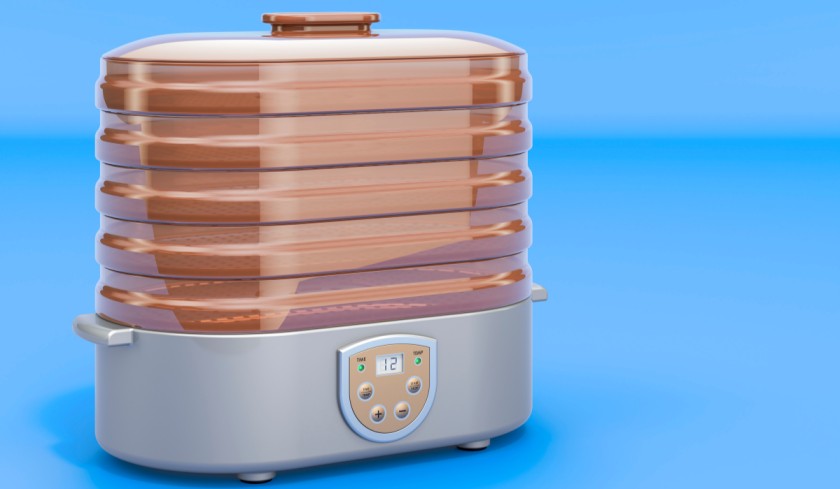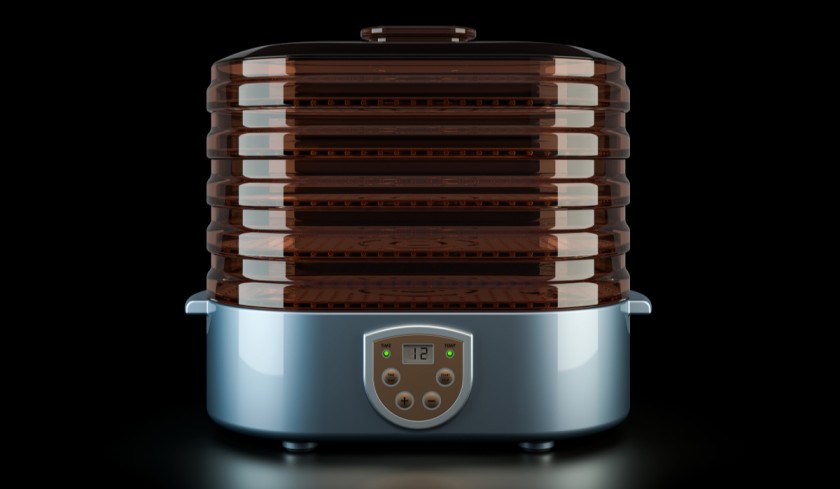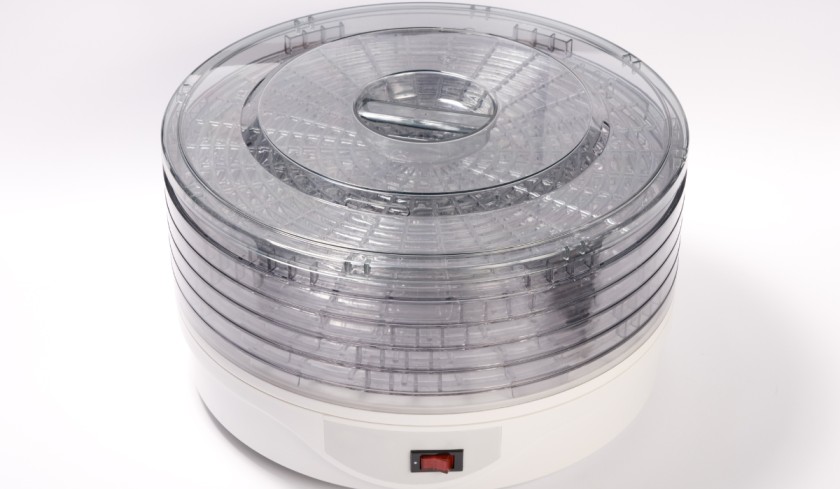Feature trays stacked vertically.
Heat and airflow are centralized, often with a bottom or top-mounted fan.
Compact and cost-effective.
Suitable for beginners or small-scale drying.
Horizontal airflow with trays like an oven.
Ensures even drying without rotating trays.
Better for large batches or drying varied items.
Often more expensive and bulkier.
Larger capacity and robust build.
Suitable for businesses or heavy-duty use.
Features precise temperature and timer controls.
Use natural sunlight instead of electricity.
Eco-friendly but less consistent drying results.
1. Proper Food Preparation:
Wash and slice foods evenly for uniform drying.
Pre-treat fruits prone to browning with lemon juice or ascorbic acid.
2. Avoid Overloading:
Do not crowd trays; allow airflow between pieces for even drying.
3. Temperature Control:
Use the correct temperature for different foods (e.g., 130–140°F for fruits, 160°F for meats).
4. Monitor Drying Time:
Follow guidelines for each food type to avoid under- or over-drying.
5. Sanitation:
Use clean equipment and sanitize trays after each use to prevent contamination.
6. Storage:
Store dried food in airtight containers in a cool, dry place to prevent spoilage.
7. Avoid Flammable Materials:
Keep the dehydrator away from flammable items and ensure proper ventilation.
8. Child Safety:
Keep the dehydrator out of reach of children when in use to avoid burns.
Known for: Quality kitchen appliances at affordable prices.
Popular Models: Prestige Food Dehydrator.
Features: Multiple trays, adjustable temperature control, and compact design.
Known for: Versatility in home appliances.
Popular Models: Kenstar Food Dehydrator.
Features: User-friendly, with a good range of temperature settings for drying various foods.
Known for: Trusted brand in kitchenware and cookware.
Popular Models: Hawkins Dehydrator (less common but worth checking for quality).
Features: Reliable, with durable construction and long-lasting performance.
Known for: Offering high-quality dehydrators with modern features.
Popular Models: NutriChef Food Dehydrator.
Features: Digital controls, energy-efficient, and large capacity.
Known for: Stylish and functional kitchen appliances.
Popular Models: Wonderchef Dehydrator.
Features: Easy to use, multiple trays, and well-regulated temperature controls.
Known for: Known for versatile and efficient kitchen gadgets.
Popular Models: Hamilton Beach Food Dehydrator (available online).
Features: Large trays, adjustable temperature, and a strong fan for uniform drying.
Known for: Electronics and home appliances.
Popular Models: Croma Food Dehydrator.
Features: Good quality and energy-efficient, available in varying capacities.
Preserves Food for Longer: Helps store fruits, vegetables, meats, and herbs for months without refrigeration, preventing waste.
Nutritional Retention: Dehydration retains most vitamins and minerals, unlike freezing or canning, which can lead to nutrient loss.
Custom Control Over Drying: Adjustable temperature settings allow you to dry various foods at their optimal temperature.
Convenient & Easy to Use: Set it and forget it. Many models have timers and automatic shut-off features, reducing supervision.
Healthy Snacks: Homemade dried foods like fruit leathers, jerky, and dried fruits are healthier and free from preservatives or added sugars.
Cost-Effective: Dehydrating large batches of produce can save money, especially with seasonal fruits and bulk buys.
Compact and Space-Saving: Many dehydrators have stackable trays, allowing them to take up little counter or storage space.
Time-Consuming: Drying can take hours or even days, depending on the food, so it requires patience and planning.
Initial Cost: High-quality dehydrators can be expensive, especially commercial or advanced models with multiple trays and digital controls.
Limited Capacity: Most home dehydrators have a limited drying capacity. If you need to dehydrate large batches, you’ll have to do multiple cycles.
Requires Electricity: Unlike solar dehydrators, electric models need to be plugged in, which could be inconvenient in power outages.
Drying Quality May Vary: Inconsistent drying can occur if food isn’t sliced uniformly or trays are overcrowded, leading to uneven results.
Storage Space for Dried Foods: Once dehydrated, food needs to be stored in airtight containers or vacuum-sealed bags, which takes up space.
Noise: Some models can be noisy, which could be bothersome in quiet environments.



